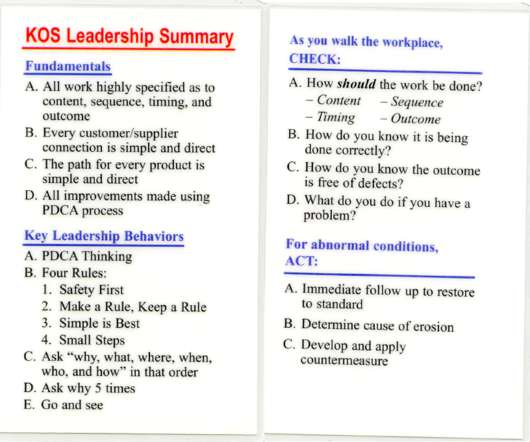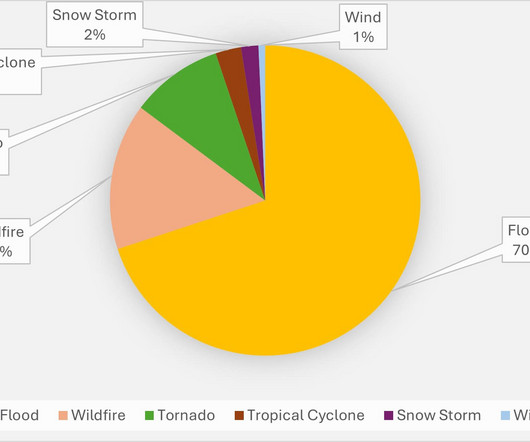The History of Fleet Route Optimisation in Logistics
Logistics Bureau
JANUARY 2, 2025
So thats the route were taking in this article (no pun intended), we’ll be exploring the evolution of fleet route optimisation from a time-consuming pen-and-paper exercise to a high-tech process that, in some cases, can be completed in minutes. But first, what is route optimisation?



























Let's personalize your content